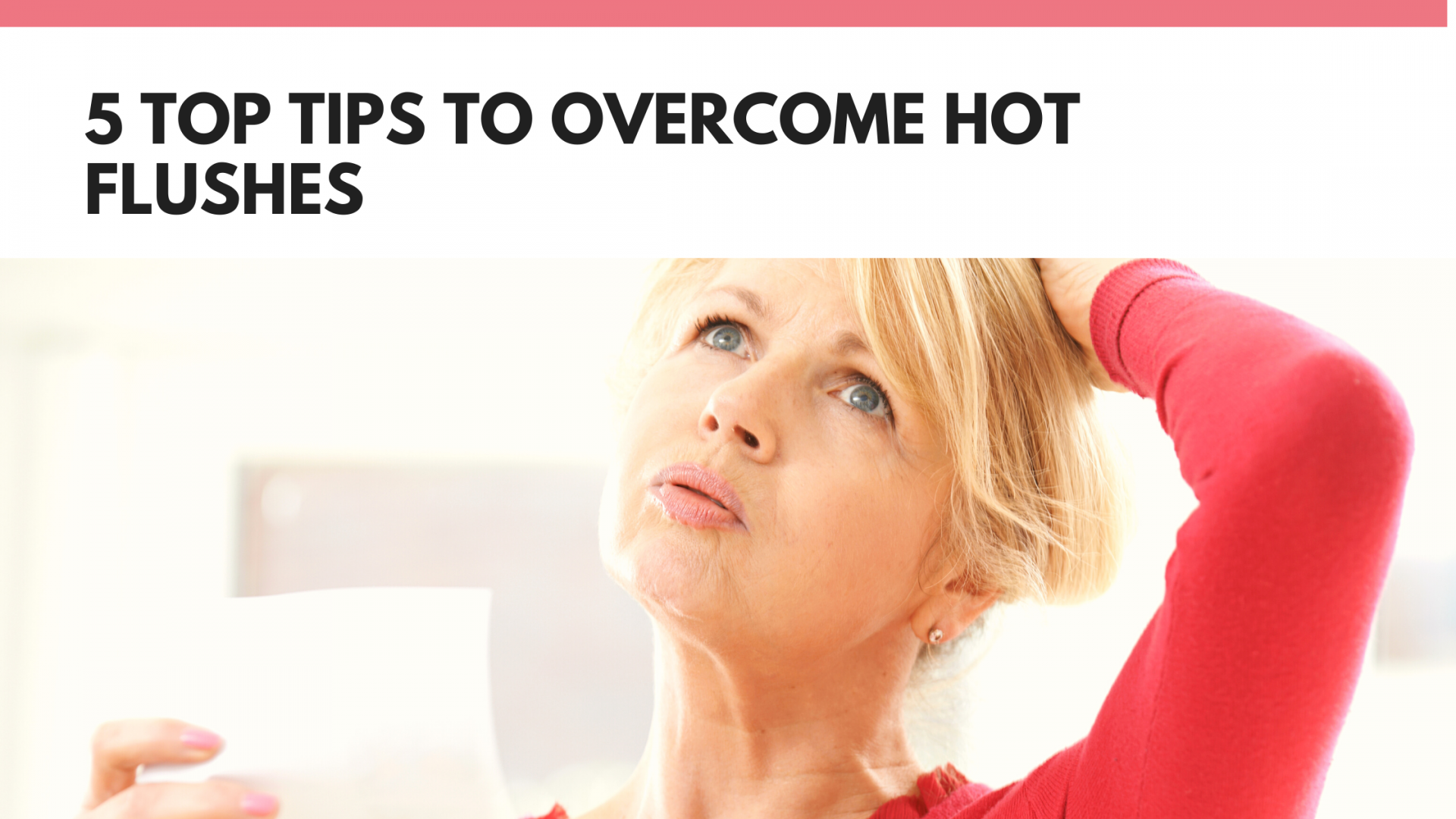Hot flushes, a common symptom of menopause, can significantly impact women’s well-being. Fortunately, various treatment options are available, ranging from lifestyle modifications to hormone replacement therapy and medications. This article delves into the best treatment for hot flushes, providing an overview of causes, symptoms, and effective remedies.
Overview of Hot Flushes
Hot flushes are a common symptom of menopause, experienced by up to 85% of women. They are characterized by a sudden feeling of intense heat that spreads over the body, often accompanied by sweating, blushing, and a rapid heartbeat.
Hot flushes are caused by a decrease in estrogen levels, which affects the body’s temperature regulation system. When estrogen levels drop, the body becomes more sensitive to changes in temperature, and even slight increases can trigger a hot flush.
Prevalence and Impact
Hot flushes can be a significant source of discomfort and can have a negative impact on quality of life. They can interfere with sleep, work, and social activities. Hot flushes can also lead to anxiety, depression, and mood swings.
Treatment Options for Hot Flushes

Hot flushes, also known as hot flashes, are a common symptom of menopause. They can cause discomfort, sleep disturbances, and embarrassment. While there is no cure for hot flushes, there are a number of treatments that can help to reduce their severity and frequency.
Lifestyle Modifications, Best treatment for hot flushes
- Avoid triggers such as caffeine, alcohol, and spicy foods.
- Dress in layers so you can easily adjust your clothing as needed.
- Keep your bedroom cool and well-ventilated.
- Exercise regularly, but avoid exercising too close to bedtime.
- Manage stress levels through relaxation techniques such as yoga or meditation.
Herbal Remedies
Some herbal remedies have been shown to be helpful in reducing hot flushes. These include:
- Black cohosh
- Red clover
- Dong quai
- Evening primrose oil
Hormone Replacement Therapy (HRT)
HRT is a treatment that replaces the hormones that are lost during menopause. This can help to reduce hot flushes and other menopausal symptoms. However, HRT is not suitable for all women, and it can have side effects such as increased risk of breast cancer and blood clots.
Medications
There are a number of medications that can be used to treat hot flushes. These include:
- Antidepressants, such as venlafaxine and paroxetine
- Anticonvulsants, such as gabapentin and topiramate
- Clonidine, a blood pressure medication
Lifestyle Modifications for Hot Flushes
Lifestyle modifications can be effective in reducing the frequency and severity of hot flushes. These include managing stress, engaging in regular exercise, maintaining a healthy weight, and avoiding triggers.
Stress can trigger hot flushes, so it’s important to find ways to manage stress levels. This can include techniques like yoga, meditation, or spending time in nature.
Exercise
- Regular exercise can help reduce hot flushes by improving circulation and reducing stress levels.
- Aim for at least 30 minutes of moderate-intensity exercise most days of the week.
Weight Management
- Maintaining a healthy weight can help reduce hot flushes, as excess weight can contribute to increased body heat.
- Eat a healthy diet and engage in regular exercise to maintain a healthy weight.
Avoiding Triggers
- Certain triggers can increase the likelihood of experiencing hot flushes, such as spicy foods, caffeine, and alcohol.
- Identify your triggers and try to avoid them or limit your exposure.
Herbal Remedies for Hot Flushes: Best Treatment For Hot Flushes
Herbal remedies have been traditionally used to alleviate hot flushes. Some popular options include:
Black Cohosh
- May reduce the frequency and severity of hot flushes.
- However, long-term use may increase the risk of liver damage.
Red Clover
- Contains isoflavones, which are plant compounds with estrogen-like effects.
- May provide some relief from hot flushes, but evidence is limited.
Dong Quai
- A traditional Chinese herb used to balance hormones.
- May help reduce hot flushes, but scientific evidence is lacking.
It’s important to note that herbal remedies can interact with medications and have potential side effects. Consult with a healthcare professional before using any herbal remedies for hot flushes.
Hormone Replacement Therapy for Hot Flushes

Hormone replacement therapy (HRT) is a treatment option for hot flushes that involves taking hormones to replace the ones that the body is no longer producing due to menopause.
There are two main types of HRT: estrogen-only therapy and combined therapy (estrogen and progesterone).
Benefits of HRT
- Reduces the frequency and severity of hot flushes
- Improves sleep quality
- Reduces vaginal dryness
- May improve bone density
Risks of HRT
- Increased risk of breast cancer (with estrogen-only therapy)
- Increased risk of blood clots
- Increased risk of stroke
- Increased risk of heart disease
The decision of whether or not to take HRT should be made in consultation with a doctor, who can assess the individual risks and benefits.
Medications for Hot Flushes

Medications can be used to reduce the frequency and severity of hot flushes. Different types of medications are available, including:
- Antidepressants: Selective serotonin reuptake inhibitors (SSRIs) and serotonin-norepinephrine reuptake inhibitors (SNRIs) can help reduce hot flushes by increasing serotonin levels in the brain.
- Anticonvulsants: Gabapentin and pregabalin can help reduce hot flushes by stabilizing nerve activity in the brain.
- Gabapentinoids: Gabapentin and pregabalin are gabapentinoids that can help reduce hot flushes by stabilizing nerve activity in the brain.
Comparing Treatment Options

Different treatment options for hot flushes vary in effectiveness, side effects, and costs. Understanding these differences can help individuals make informed decisions about the best approach for their specific needs.
The table below provides a comparison of the effectiveness, side effects, and costs of different treatment options for hot flushes:
| Treatment Option | Effectiveness | Side Effects | Cost |
|---|---|---|---|
| Lifestyle Modifications | Moderate | Minimal | Low |
| Herbal Remedies | Variable | May include gastrointestinal issues, headaches | Low to moderate |
| Hormone Replacement Therapy (HRT) | High | May include vaginal bleeding, breast tenderness, increased risk of blood clots | Moderate to high |
| Medications | Variable | May include nausea, dizziness, headaches | Moderate to high |
Choosing the Best Treatment

Selecting the optimal treatment for hot flushes entails careful consideration of several factors. These include individual preferences, symptom severity, health history, and potential side effects.
Individual Preferences:Personal preferences play a crucial role in treatment selection. Some individuals may prefer natural remedies, while others may opt for hormone replacement therapy or medications. It is important to discuss treatment options with a healthcare professional to determine the most suitable approach based on individual needs and values.
Severity of Symptoms
The severity of hot flushes can influence treatment decisions. Mild symptoms may respond well to lifestyle modifications or herbal remedies, while more severe hot flushes may require prescription medications or hormone replacement therapy.
Health History
Health history is a significant factor to consider when choosing a treatment. Certain medical conditions, such as heart disease or cancer, may limit the use of certain medications or hormone replacement therapy. It is essential to disclose any relevant health history to a healthcare professional to ensure safe and effective treatment.
Potential Side Effects
Potential side effects associated with different treatments should be carefully evaluated. Some herbal remedies may interact with other medications, while hormone replacement therapy can carry risks such as blood clots or breast cancer. It is important to weigh the potential benefits and risks of each treatment option in consultation with a healthcare professional.
Ultimate Conclusion
Choosing the best treatment for hot flushes requires careful consideration of individual needs and preferences. By exploring the options Artikeld in this article, women can find effective relief from hot flushes and improve their overall well-being during menopause.
FAQ Compilation
What are the common triggers for hot flushes?
Common triggers include stress, caffeine, alcohol, and spicy foods.
Can herbal remedies effectively treat hot flushes?
Some herbal remedies, such as black cohosh and red clover, have shown promise in reducing hot flush severity.
What are the potential risks of hormone replacement therapy for hot flushes?
Hormone replacement therapy may increase the risk of certain health conditions, such as blood clots and breast cancer.